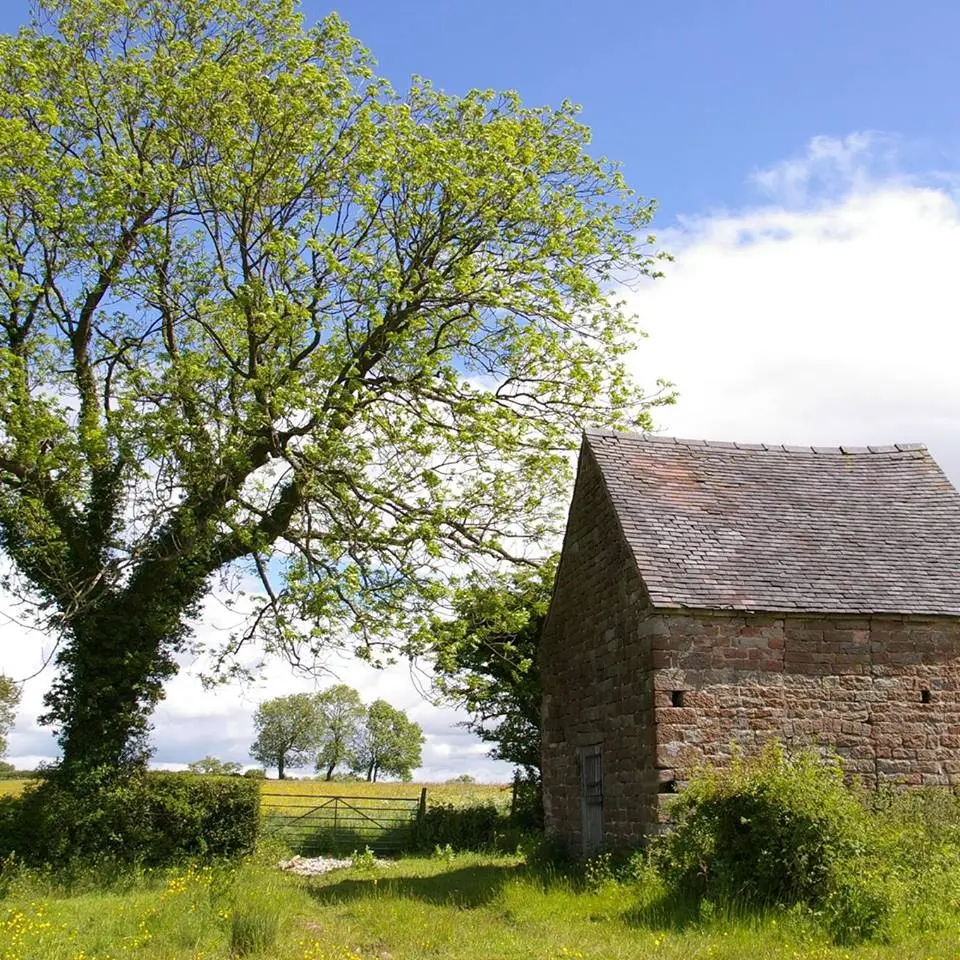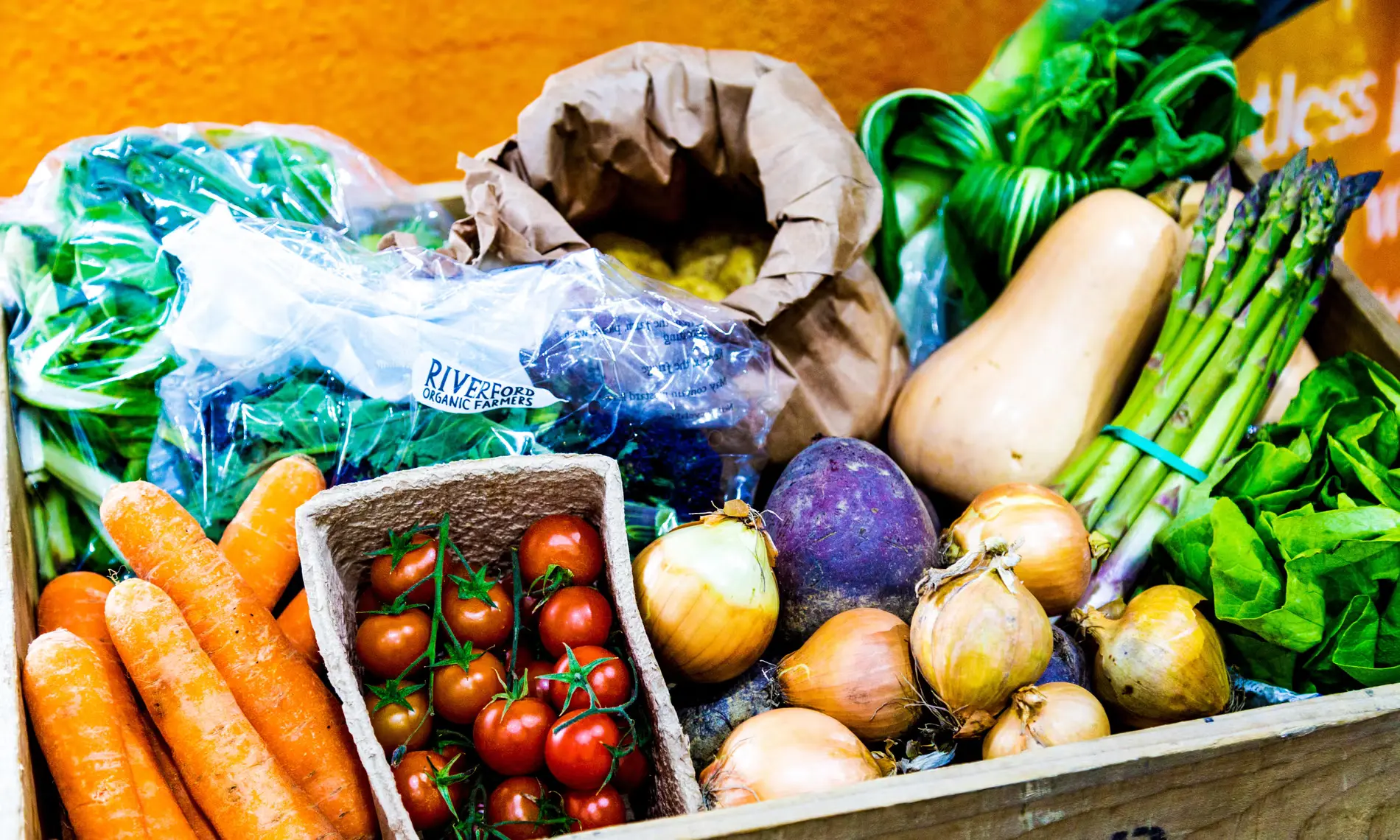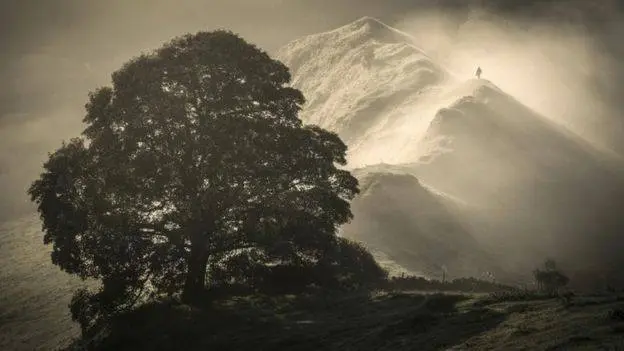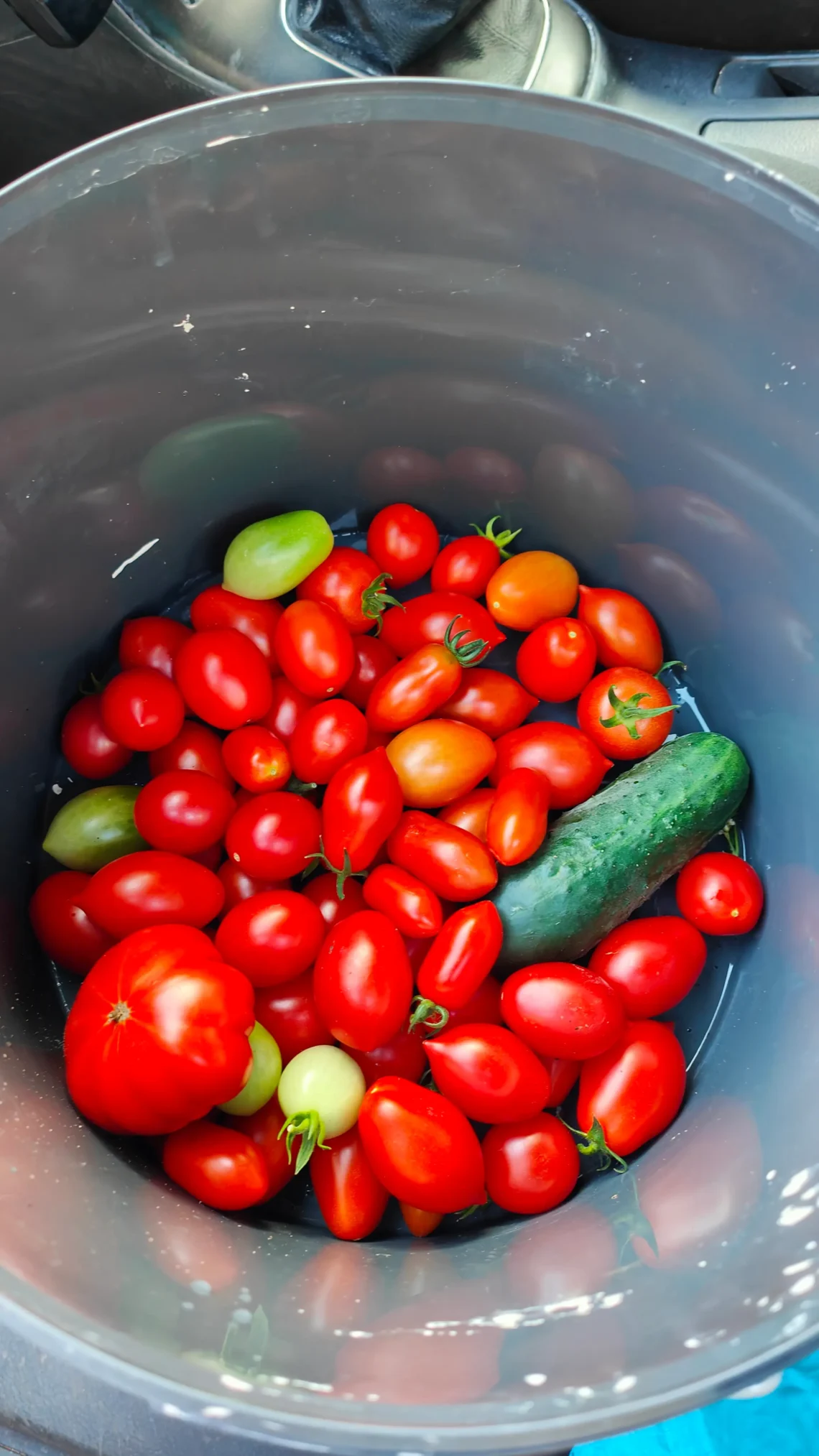Agriculture
Agriculture
-
Can We Build A Sustainable Future for Farming
Introduction – A Sustainable Future for Farming The agricultural sector is at a crossroads, faced with the pressing need to adapt to climate change and an increasing demand for food. Sustainable agriculture has emerged as a crucial approach to address these challenges, focusing on methods that promote environmental health, economic viability, and social equity. This article explores a sustainable future for farming by rethinking traditional and modern farming practices, particularly in the context of livestock and crop production. We delve into the implications of chemical fertilisers, the role of innovative plant breeding, and an evaluation of dairy production, ultimately proposing alternatives that align with sustainable principles. Managing our Soil – Understanding the Concept of No Fertiliser In the quest for a sustainable future for farming, the reliance on chemical fertilisers has come under scrutiny. These substances, while effective in boosting crop yields, can lead to long-term degradation of soil health. Chemical fertilisers disrupt the natural balance of soil ecosystems, reducing biodiversity and harming beneficial microorganisms. Over time, soil becomes reliant on these inputs, leading to…
-
Sustainability in Farming
When I talk about sustainability in farming, which I do a lot, I don’t just mean looking after the environment and reducing global warming. I mean making sure farming communities benefit in future from sustainability in farming. They need to earn a decent living whilst caring for our precious countryside. And currently, in the UK, farming patently isn’t sustainable at all. The average age of a farmer has been rising steadily for years and is now about 65. That tells you something is seriously wrong. “Our Sustainability Snippet” I met this tree which stands alone in a field in Dentdale in the Yorkshire Dales National Park in July 2023. It is vast. A Sycamore, the girth 4 metres plus, putting it at about 450 years old. It is grazed to the base yet one or two epiphytes cling to its upper branches. It should be the centre-piece of a rehabilitated woodland, surrounded by Sessile Oak, Hazel and Birch. I registered it with the Woodland Trust that very night. They were unaware of its existence. Sustainability…
-
Soil
Soil is something we all take for granted. I’m surprised, first of all, that I have not written about this before. Soil is the absolute foundation for farming and we exploit soil at our peril. It comes in many guises, from peat to clay and that in turn affects the vegetation that grows in that soil, including all of our food. Soil erosion and loss is a huge factor affecting our world. Soil stores carbon. Bare soil is an absolute catastrophe for the planet, it simply bleeds CO2. This continues until all that is left is sand. Historically (i.e. more than 150 years ago) Carbon Dioxide levels in out atmosphere were not really affected by either farming or wood and fossil fuel burning. Even so humans had already started destroying soils, the prime example being the massive expansion of the Sahara desert by grazing pressure from livestock. Where did soil come from. A great place to learn about this is by watching Earth with Chris Packham.
-
Feed or Save Our World ?
Feed or Save Our World; that is the question asked by farmers. The simple academic answer is we must save the world, then we can feed the humans. In trying harder and harder simply to feed ten billion we are destroying our home. It must also be pointed out that it is a shared home. We now know we cannot survive without the ecological support of stable, ancient and complex ecosystems. These ecosystems need land and water every bit as much as we do. Here are a few hard facts; Climate change is already responsible for more migration than conflict; Land is a scarce resource and becoming scarcer by the day; It is farmers who feed the vast majority of the humans on the planet and most pertinent of all It is also farmers who feed the majority of mammals and birds on the planet. This letter has also been published as an Earth and Leaf blog which you can find at https://earthandleaf.org/feed-or-save-our-world/ So why pay to join Earth and Leaf? Have a look at…
-
Net Zero and Carbon Credits Exposed for all to See!
Net Zero and Carbon Credits are both concepts that allow polluters to continue to pollute. Fact. Both ideas have been drawn up to not rock the boat, yet to appear as though governments are doing something about global warming. The glaring problem with Net Zero and Carbon Credits are the words “net” and “credits”. https://www.efeca.com/wp-content/uploads/2021/12/UK-RTSS-APR-2021.pdf I’m writing this because today I learned that an estate in Leicestershire will earn £120,000 by farming sustainably. Every farmer should be farming sustainably. There’s a dark side to the £120,000 though. The farm in question is selling the carbon credits. Some are being bought by the Mercedes Benz formula one team so that they can claim in time to becoming a net zero racing outfit. In other words Mercedes Benz are buying Net Zero and Carbon Credits to improve their status whilst still producing the same level of CO2. And remember CO2 production is cumulative not annually turned over. Net Zero and Carbon Credits are misleading. Im typing stuff just for the sake of typing the words net zero…
-
Our National Parks are Stunning but Flawed
Our National Parks are stunning but flawed. They are not quite what they seem. Yes they are beautiful, they preserve the heritage of their area at least physically, but not socially.
-
Methane Emissions Must be Eliminated as a No 1 Priority
Short term gains in the fight to save the planet can be made if we understand that dealing with methane emissions must be a priority 1st is best. Methane is rapidly heating up our world and some sources we can directly control. Its is fact that Carbon Dioxide does most of the long term damage, but it is also true that Methane is over thirty times more potent than CO2. Methane also leaves the atmosphere fairly quickly, Carbon Dioxide does not. So, where are the sources of Methane emissions? Agriculture, decomposition of waste and fossil fuels – these are under our control and account for 60% of the Methane in the atmosphere. The majority of this is agriculture, namely livestock farming. Wetlands are the largest natural source and there is little we can do there. However wetlands absorb methane too and vast amounts of Carbon Dioxide. Wetlands are also critical for biodiversity and home to a disproportionately large number of species: All about Methane Emissions Methane (CH4) is a powerful greenhouse gas, and is the…
-
Planting trees is not enough
Why is it that simply planting trees is not enough. Firstly, a farmer is the right person to be planting trees on a farm. Secondly, the right person to look after those newly planted trees is, wait for it, the farmer. Frequently we see ranks of trees planted on farms in narrow bands and straight lines, the same distance apart and all the same age. They are always too close together. Additionally there are just trees, no shrubs like Gorse, Broom, Blackthorn, Brambles and Dog Rose to name just a few. Finally there are no open spaces. I wander through fields that often contain a lonely Oak or Sycamore. The urge takes me to plant companions for them. I would surround each with thickets of Blackthorn and Crab Apple and plant Oak or Sycamore saplings with them.Planting trees is not enough Sometimes you see these isolated trees with remnant bluebells or Dogs Mercury lingering around their roots. These trees need help, fencing out and more cover needs planting. Specifically any areas in grass fields with…
-
Why we Farm Cows and not Goats
The reason why we farm cows and not goats for dairy products is quite simple. Cows are easy to control and can live on just grass, they are grazers. Goats are browsers and are very difficult to fence in. However that does not mean that it should stay that way. Modern dairy cows live an average of just under three lactations, about 6 years. Yet these animals can easily have a stress free lifespan of 12 to 15 or more years.
-
Sheep Farming in Wales, Its Time for a Change
Lets Revolutionise Sheep Farming in Wales and continue to shape the character of the nations environment. A lot of upland Wales is unsuitable for any other type of farming. I have spent quite a bit of time in Wales over the years, working in the farming sector. I always found our Welsh farmer customers open to new ideas and far more interested in marketing and new tech than others in the UK. So here we are. Farmer protests at the Senedd. Earth and Leaf wants to work with farmers. The Sustainable Farming Scheme is a great move towards restoring habitat across Wales. This is a great article by Dr Malcolm Smith. He makes some excellent points about subtle changes that would help farmers. The scheme also needs explaining better to farmers. Lets Revolutionise Sheep Farming in Wales and Benefit its Rural Communities too This mirrors the same structure found in England and Scotland. Hill ewes such as the Welsh Mountain are kept on high ground. Draft ewes are sold at market to farms lower down…
-
Cows Milk in our Diet – the Future
The future of cows milk in our diet is up for discussion. It is the most consumed dairy product in the world by volume and in the UK is cheaper than bottled water. By an accident of genetics, Caucasian peoples are able to digest cows milk, but many are intolerant to some degree. In contrast Asian origin people are, post infancy, unable to digest cows milk. Founder of Earth and Leaf – Iain Dunn “My career is founded on milk. Early on this was through the family farm. We milked about 36 cows to a bucket in traditional cowsheds. These cows frequently lived to 12 or more years of age. Later I attended Agricultural College and then University where I studied Agricultural Sciences. I am still learning about milk thirty six years later. I have spent most of my working life in the dairy industry mostly with cows but also with goats.” Cows Milk in our Diet Cow’s milk is not a great food source for vast numbers of people on our planet. There are…
-
The Power of Genomics – Improve Farm Sustainability
We must grasp the power of genomics firmly to help agriculture, but not simply to raise yields. We need to be smarter than that. LINK
-
The Sahara was Once Green and it Can be Again with Your Help
The Sahara was Once Green Did goats cause the desertification of the Sahara? We don’t think so, but it is possible. What we do know is that the Sahara is growing. This is because of global warming and environmental pressures. If we can prevent that we must! Goats and Cattle are the huge threat in Africa that will turn the Savannah into desert over time. There is strong evidence that the Sahara was smaller historically. We know it is expanding now, particularly with global warming. https://www.popsci.com/sahara-desert-drought-humans/ You can also view this in our document library – https://earthandleaf.org/document/reforesting-senegals-deserts/ The Sahara was Once Green Internal Link I need to type lots more words to get my seo rank above 80. It is nearly there. Keyword density is 1.65, the focus keyword and combination appear 2 times. At least one external link with DoFollow was found in your content. There we go. Another great organisation is Ecosia, use their search engine to plant trees and rehabilitate ecosystems. They are doing amazing work in sub saharan Africa, along with…
-
Sheep Farming Reform is Long Overdue
Sheep farming reform is long overdue in the UK. We have unique system that produces about eight million lambs for slaughter each year. This system involves 18 million ewes when just 8 million should be enough. Why? Tradition. We have what is known as a stratified sheep farming system. This is rooted in traditions of upland and moorland management. Progress in the new science of Genomics means we no longer need that system which would free millions of hectares of farmed land for other uses. Sheep meat consumption is falling fast so we no longer need those eight million lambs. This is the ideal time for sheep farming reform in Britain. As our relationship with the EU develops exports are going to fall significantly. Some sixty percent of our lamb is exported. If we were to cease exports of lamb then we would only need about eight million ewes and that number will continue to fall in the next two decades. Grouse shooting needs to end. Our uplands are burnt annually, drained and overgrazed by…
-
Time for Another Agricultural Revolution
It is Time for Another Agricultural Revolution
-
Taking Account of Hidden Costs Results in Sustainable Food Production
Taking account of hidden costs in food production will result in sustainable food production. These hidden costs are called Externalities in traditional economics. That sounds really complicated. It isn’t. True cost accounting is the correct way to look at and evaluate these hidden costs. Mainstream economics hides these costs with good reason. Many seemingly profitable economic decisions would not be taken if these costs were taken into account. This change in our economic system is vital to protect our world. It is also vital that the system is adopted by the United Nations, the only way that China, Russia, India and in particular, the USA can be pressurised to comply. This video was produced by Friends of the Earth Taking Account of Hidden Costs Classical economics does not take account of externalities. In the science of economics the term externalities is used to lump together the external costs of an economic action or policy. Historically we have been informed that these costs are very difficult to measure; so they are ignored which is really convenient…



